Funnel
What is a Funnel?
A funnel, in the context of marketing, refers to the journey that potential customers take from first learning about a product or service to making a purchase. The funnel is typically divided into stages, such as awareness, consideration, and decision, each representing a different phase in the customer's journey. The funnel helps marketers visualize and understand how leads move through the sales process and identify areas for improvement.
Why is a Funnel Important?
A funnel is important because it provides a structured approach to managing and optimizing the customer journey. By understanding the different stages of the funnel, marketers can tailor their strategies and content to meet the needs of potential customers at each stage. This targeted approach improves the effectiveness of marketing efforts, increases conversions, and enhances customer satisfaction.
The funnel also helps in identifying and addressing bottlenecks in the sales process. By analyzing the movement of leads through the funnel, marketers can pinpoint areas where prospects are dropping off and take corrective actions to improve conversion rates.
Best Practices for Managing a Funnel
1. Define the Stages
Clearly define the stages of your funnel based on your business model and customer journey. Common stages include awareness, consideration, and decision, but you may have additional stages such as lead generation or post-purchase. Defining the stages helps in creating targeted strategies for each phase.
2. Create Relevant Content
Develop content that addresses the needs and questions of potential customers at each stage of the funnel. For the awareness stage, create informative and educational content, such as blog posts and infographics. For the consideration stage, offer detailed guides, case studies, and comparisons. For the decision stage, provide testimonials, demos, and special offers.
3. Use Lead Magnets
Offer valuable resources, such as e-books, whitepapers, or free trials, in exchange for contact information. Lead magnets help capture leads at the top of the funnel and nurture them through the subsequent stages. Ensure that your lead magnets are relevant and aligned with the needs of your target audience.
4. Implement Marketing Automation
Use marketing automation tools to streamline and personalize your funnel management. Automation allows you to nurture leads with targeted emails, track their behavior, and score their engagement. Automated workflows help move leads through the funnel efficiently and effectively.
5. Nurture Leads
Continuously engage and nurture leads through the funnel with relevant and timely content. Use email campaigns, retargeting ads, and personalized communication to keep leads interested and guide them towards making a purchase. Lead nurturing builds trust and increases the likelihood of conversion.
6. Measure and Analyze
Track key metrics at each stage of the funnel, such as lead generation, engagement, conversion rates, and drop-off rates. Use analytics tools to gain insights into the performance of your funnel. Analyzing data helps identify areas for improvement and optimize your funnel for better results.
7. Optimize for SEO
Optimize your content and landing pages for search engines to attract organic traffic to the top of the funnel. Use relevant keywords, meta descriptions, headers, and internal and external links. SEO optimization helps increase visibility and attract potential customers.
8. Align Sales and Marketing
Ensure that your sales and marketing teams are aligned and working towards common goals. Regular communication and collaboration between the teams help in understanding the needs of leads and providing a seamless customer experience. Alignment improves the efficiency and effectiveness of the funnel.
9. Provide Excellent Customer Support
Offer exceptional customer support throughout the funnel to address any questions or concerns. Prompt and helpful support builds trust and confidence, encouraging leads to move forward in the funnel. Excellent support also enhances customer satisfaction and loyalty.
10. Continuously Improve
Regularly review and refine your funnel strategies based on performance data and feedback. Stay informed about industry trends and best practices to keep your funnel effective and relevant. Continuous improvement ensures that your funnel remains optimized for success.
By following these best practices, you can effectively manage and optimize your funnel, guiding potential customers through the journey and achieving higher conversion rates and business growth.
For more terms, return to the content marketing glossary and freelance writing glossary.

